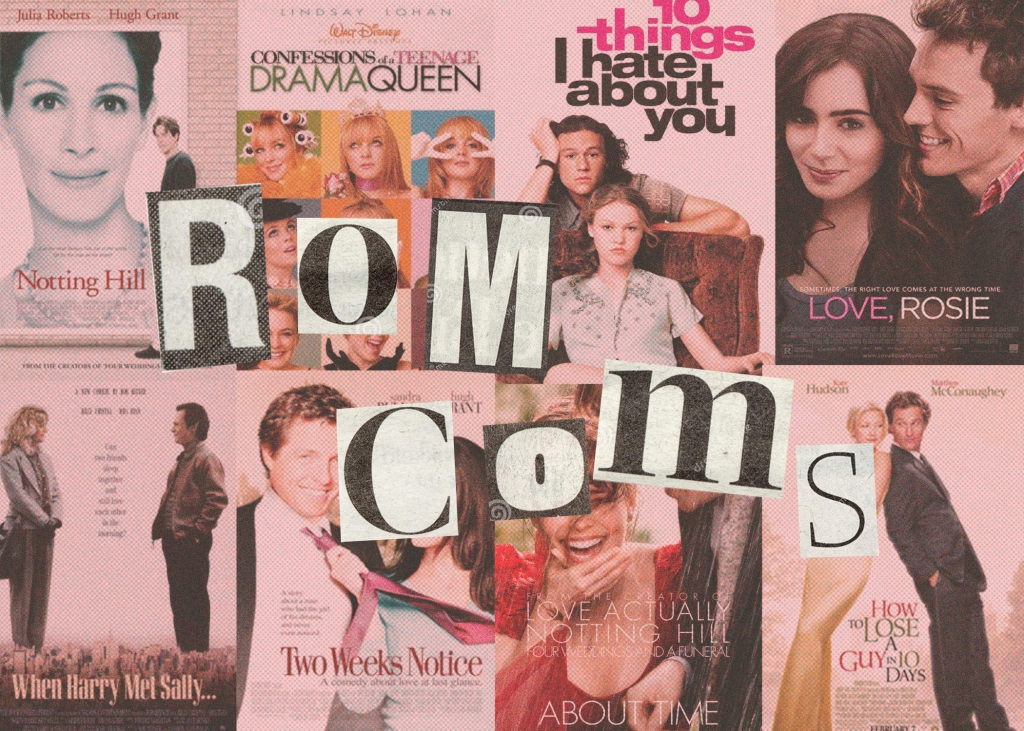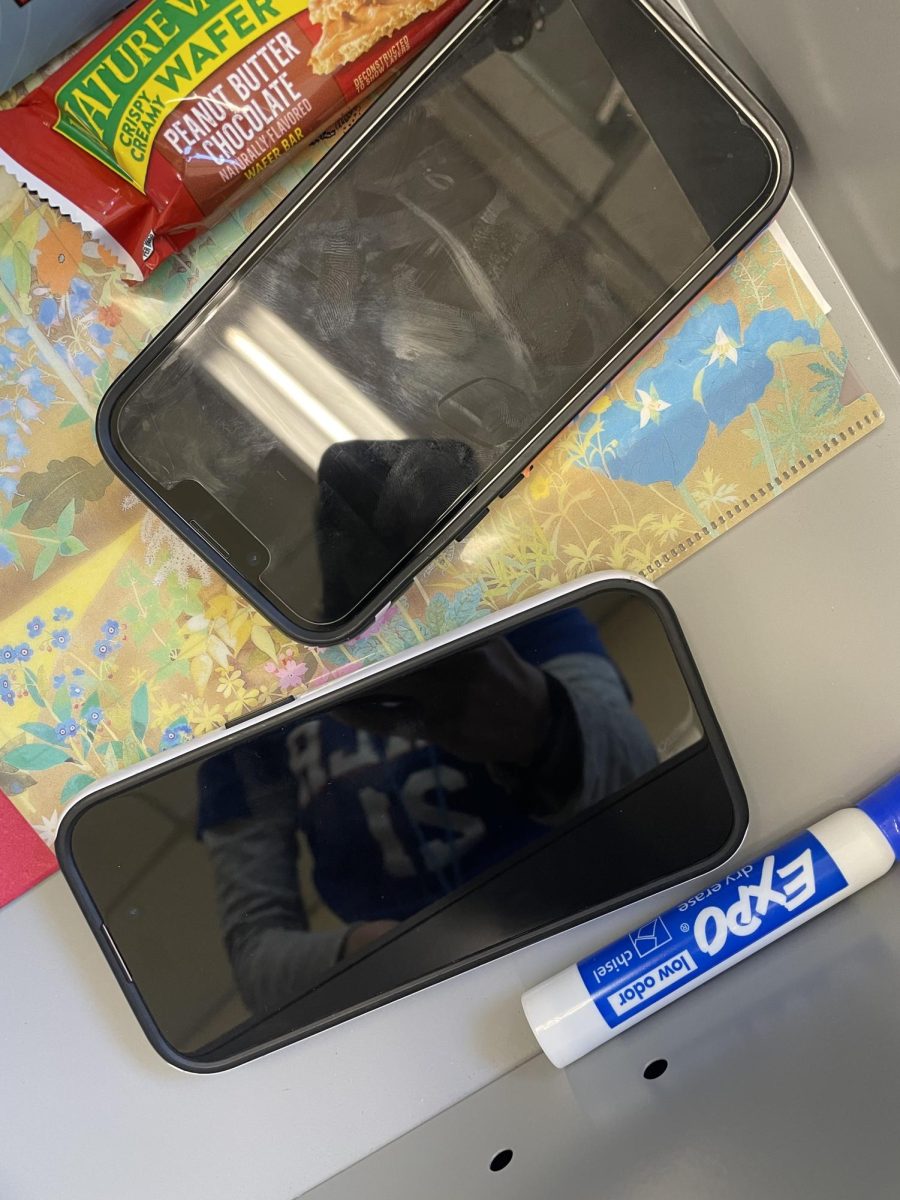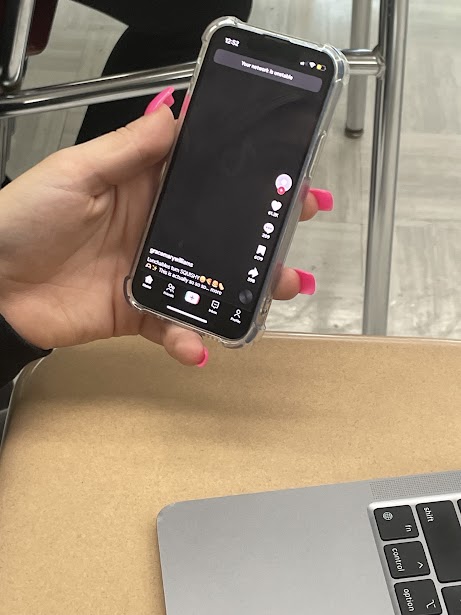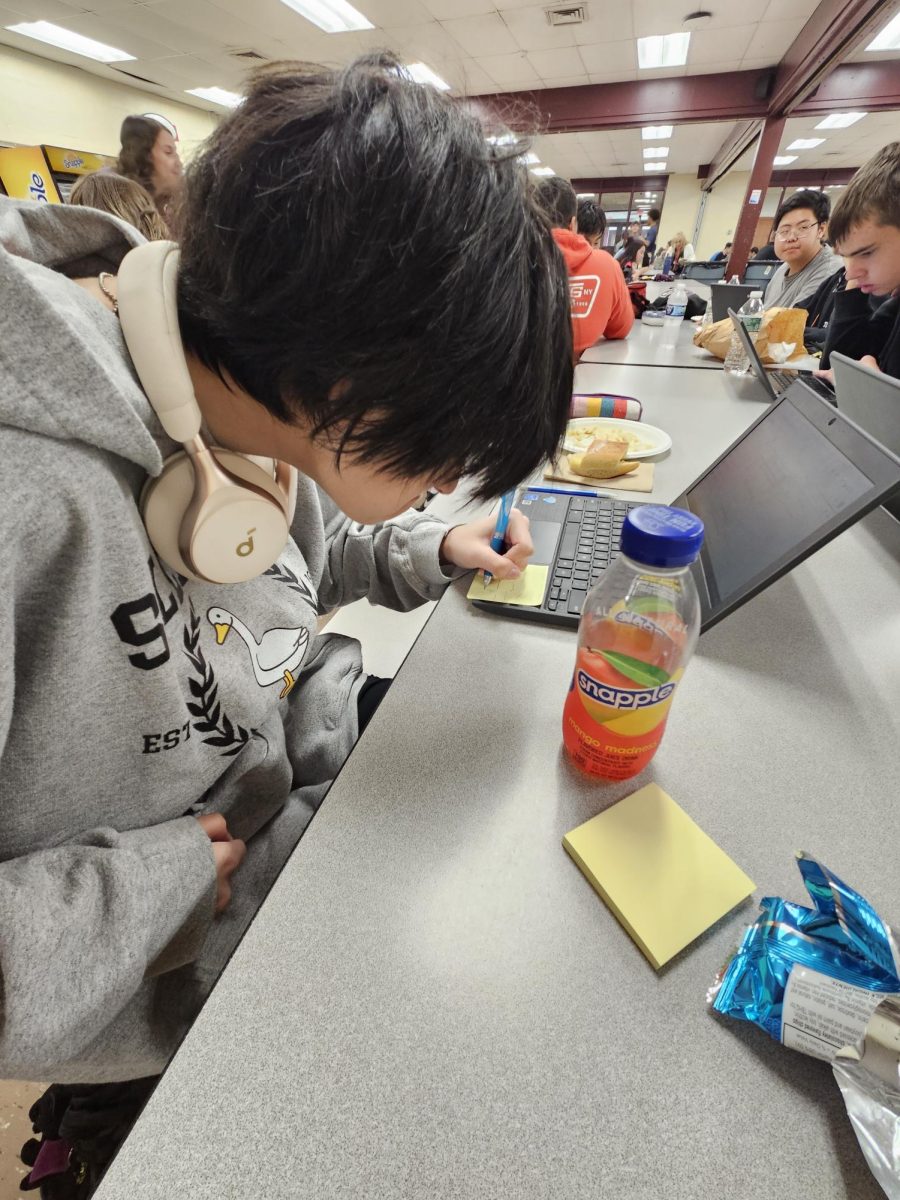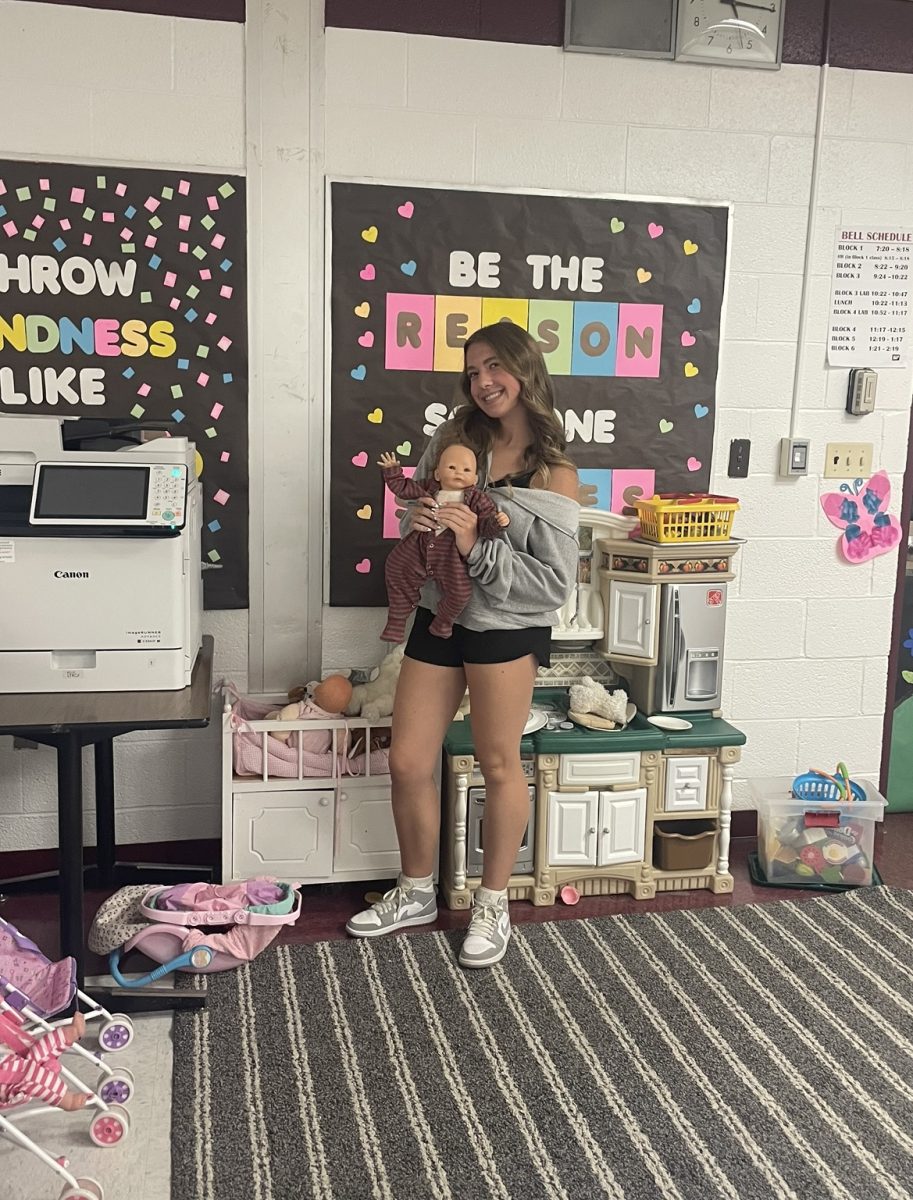NFTs, Simplified
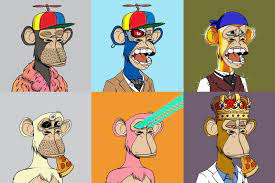
February 14, 2022
NFTs. Chances are, you’ve heard them being brought up more and more frequently. Everyone from celebrities to teachers have weighed in their opinions on the subject. But conversations online tend to be full of language that’s obfuscated and relies on pre-existing knowledge, which is why it’s difficult to understand a lot of what’s going on.
Here’s a simplified explanation.
The short version: having an NFT (also known as non-fungible token), is like buying ownership of something.
For example, you can own an NFT of a digital baseball card. There is only one baseball card of that kind on the entire internet. There is a piece of data in the baseball card so that no one can even try to replicate the card. This is where the non-fungible part of the NFT comes in. Even if someone decided to make a replica of your card, they would never be able to copy the code inside your NFT. This is because of something called a blockchain.
What is a blockchain, you may ask. A blockchain is like a ledger of the NFT’s history. Every time it gets exchanged from one place to another, that exchange gets noted in the blockchain. It’s essentially authentication that the artwork is legitimate, since you can see the history. In this case, most NFTs are made with Ethereum technology, which uses this blockchain technology to create a public ledger for the NFT.
But why would people even want to buy these?
Well, there are a couple reasons why.
First, NFTs are valuable because they’re a foolproof way for digital artists to make sure their art isn’t stolen. Artists are given rightful ownership, and can choose how the art gets distributed on their own terms. As more and more of the art we consume starts to be digital, finding a way to verify originality and create digital scarcity is an important part of the art market.
Second, NFTs are like pokemon cards, or rare coins, or beanie babes– they’re collectibles. Some say the craze will fade within a mere few months. Others insist that their collectible ape profile pictures will remain priceless forever.
Another reason people buy NFTs is the community around it. The “Bored Apes Yacht Club” is a community built around people who bought one of 10,000 unique “Bored Ape NFTs.” They’re invited into an “exclusive” Discord server, full of other rich and famous people. Some of the celebrities that bought the ape NFTs are Jimmy Fallon, Justin Bieber, Post Malone, Kevin Hart, and Paris Hilton.
But the biggest reason people are buying NFTs right now are because of their economic potential. The market is still incredibly new, and they’re already selling for millions of dollars. To newer investors, NFTs seem more approachable, and it appears more appealing because of how new and exciting the market is.
However, NFTs aren’t all that they’re made out to be. Sure, they allow artists to properly be credited for their work, and the buzz generated around it creates a high value. However, once someone starts to see past the smoke and mirrors of the NFTs, they can see that it creates a lot more problems than it solves.
When talking about this, there needs to be a discussion on the environmental consequences of NFTs. As previously stated, Ethereum technology is the most common to create these NFTs. But as of right now, Ethereum uses about as much electricity as Libya. And it is set to suck up even more as the technology is becoming more and more popular. Bitcoin ‘mining’ already generates 38 million tons of CO2 per year, more than the carbon footprint of Slovakia. And a 2018 study published in Nature Climate Change found Bitcoin emissions alone could raise Earth’s temperature by two degrees.
And in an ironic twist of fate, NFTs did the very thing they aimed to solve. Artists have already started to see their digital art being sold as NFTs without their knowledge. This can start to perpetuate already rampant art fraud in the digital world.
“I personally do not see myself hanging out online in the Meta world showing off my collection of bored apes. However, maybe I am at that same age as someone who said the Internet won’t be a big thing in 1999,” said Mr. Hill, who teaches Economy at Wayne Hills. Like many other people, he isn’t too sure that the NFTs will live up to their “hype.”
But there are more implicit social consequences to the NFTs. While NFTs sounded like a great way for artists to share their work in a safe and controlled space, it has already started to become corrupted into being used solely for monetary gain. You can start to see how the popular NFTs are just unremarkable computer generated pictures of cartoon animals. The “NFTs” that the mainstream conversation is based around aren’t genuine pieces of art. It’s clearly a grab for money, and pretty soulless one at that.
One particularly upsetting development is the return of Bob Ross tweeting fans from the dead–asking for fans to buy NFTs? It’s safe to say that Bob Ross, who drew nature landscapes and donated to fundraisers that would help the environment, would not approve of these NFTs.
“As a fan of Bob Ross, I think this kind of thing disgraces his name. It really sucks to see how his image has been tainted like this. To me, Bob Ross is about paying a tribute to nature, not about scraping the earth of its resources,” said sophomore Noor Rana.
Compared to Beanie Babies and called the “next big thing,” NFTs have been gaining a lot of interest both online and offline. Now that the facts are laid down, how do you feel about them?







